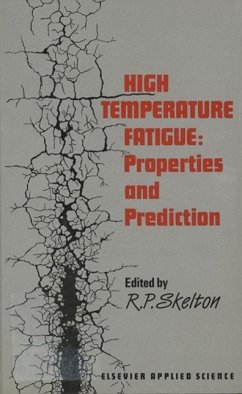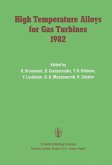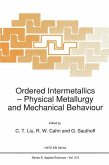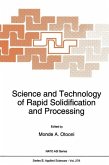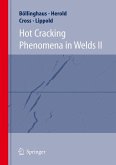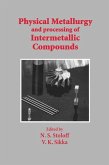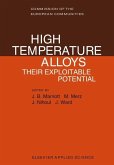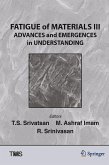About 35 years ago, thermal fatigue was identified as an important phenomenon which limited the lifetime of high temperature plant. In the intervening years many investigations have been carried out, primarily to give guidance on likely endurance (especially in the presence of time dependent deformation) but latterly, with the introduction of sophisticated testing machines, to provide knowledge of the underlying mechanisms of failure. A previous edited book (Fatigue at High Temperature, Elsevier Applied Science Publishers, 1983) summarised the state-of-the-art of high temperature fatigue testing and examined the factors influencing life, such as stress state, environment and microstructural effects. It also considered, in some detail, cyclic crack growth as a more rigorous approach to life limitation. The aim of the present volume (which in style and format follows exactly the same lines as its predecessor) is once again to pursue the desire to translate detailed laboratory knowledge into engineering design and assessment. There is, for example, a need to consider the limitations of the laboratory specimen and its relationship with engineering features. Many design procedures still rely on a simple endurance approach based on failure of a smooth specimen, and this is taken to indicate crack initiation in the component. In this volume, therefore, crack propagation is covered only incidentally, emphasis being placed instead on basic cyclic stress strain properties, non-isothermal behaviour, metallography, failure criteria and the need for agreed testing procedures.
Dieser Download kann aus rechtlichen Gründen nur mit Rechnungsadresse in A, B, BG, CY, CZ, D, DK, EW, E, FIN, F, GR, HR, H, IRL, I, LT, L, LR, M, NL, PL, P, R, S, SLO, SK ausgeliefert werden.

